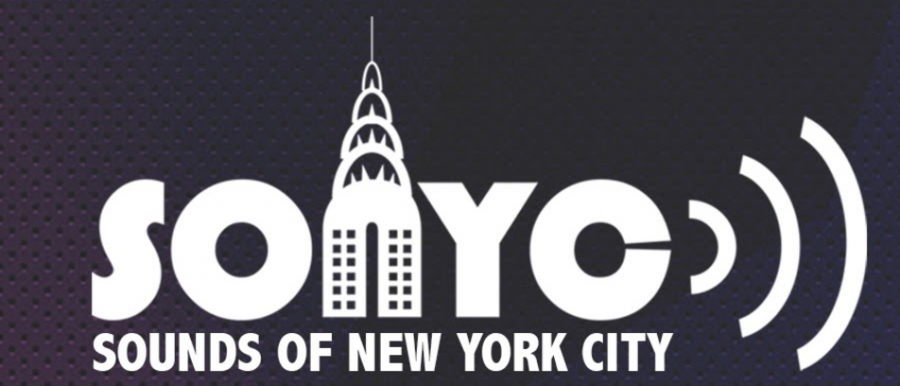Sound Pollution Research Records NYU
The Sounds of New York (SONYC) are gathering sound recordings of different sources from sound pollution in New York. Researchers are trying to find the health and city life effects noise pollution has on citizens.
October 13, 2017
When passing by various NYU buildings, students may spot a small yellow poster stating, “Short, intermittent recordings are being conducted nearby.” These short sound recordings are part of an effort by the research initiative Sounds of New York City to pinpoint the cause of noise pollution in New York City and its effects on health and city life.
The Sounds of New York City, better known as SONYC, is a collaboration between researchers from multiple NYU schools and Ohio State University. The researchers seek to understand how noisy New York City is. SONYC relies on a system of sound sensors to pick up on the day-to-day sounds that take place on the streets. These sounds are then analyzed by an acoustic consultancy for the exact type and intensity of the sound.
“The goal of the project is to develop technological solutions for understanding, monitoring and analyzing the patterns of noise pollution,” professor Pablo Juan Bello, the lead director of SONYC, said. “Most importantly, it’s giving that information back to the city in order to help mitigate noise pollution.”
Noise pollution, the term used to describe unwanted outside sounds, can vary from honking in traffic, pounding jackhammers in construction sites, wailing emergency sirens or naturally, the everyday clamor and murmur of passerbys talking. This brings up the question of privacy, and if students have reason to worry if their conversations are being recorded and used for purposes outside of research. But Bello said that luckily there are multiple steps taken to ensure the complete privacy and anonymity of students.
“The recordings are short — they are 10 seconds long and are randomized in time, so we don’t continuously record audio,” Bello said. “Part of the reason we do this is because we want to break the continuity so that we don’t capture conversations. Even if someone were to stand and talk under a sensor for a long period of time, the audio content gets encrypted into servers, and is not publicly available, and we have multiple security rings along the path of the data to keep the data secure as to avoid any surveillant use of the data, so there are a lot of steps to protect privacy.”
Even without knowing these extensive precautions toward ensuring complete anonymity, most NYU students aren’t too troubled by the fact that their conversations might be recorded.
“I’ve never felt invaded by it, but then again it was never something I gave serious thought into,” CAS sophomore Mitch Baron said.
For other students, they’re all right with it as long as they’re not recorded in private spaces.
“Honestly, I don’t really care,” CAS junior Emma Gaiser said. “If I’m saying something out loud in a public place, I’m probably not saying anything too personal or too private.”
One student in particular even welcomes the attention.
“I’m okay with that — I like the attention,” Steinhardt freshman Angela Paton said. “This is getting me closer to being famous.”
Over this past year, SONYC has installed 50 sensors on NYU buildings around Washington Square, with a few in Brooklyn and Uptown Manhattan. Bello aims increase this number to 100, with more installed outside of campus.
“What we want to do is be able to have a more accurate picture of the noise pollution across multiple neighborhoods, but more in particular in neighborhoods that are typically underserved,” Bello said. “NYU is in a relatively well-to-do area of the city, and people here can complain about noise and ask the city to solve their problems, but people in underserved communities don’t have that kind of relationship with the city.”
Excessive noise, one of New York’s top complaints by residents, is scientifically proven to have adverse impacts on public health, cognitive thinking and even marketability of incredibly loud neighborhoods. By better understanding the source of this excessive noise, SONYC’s ultimate goal is to help New York find ways to manage and lessen it.
Email Alesha Bradford at [email protected]



























































































































































